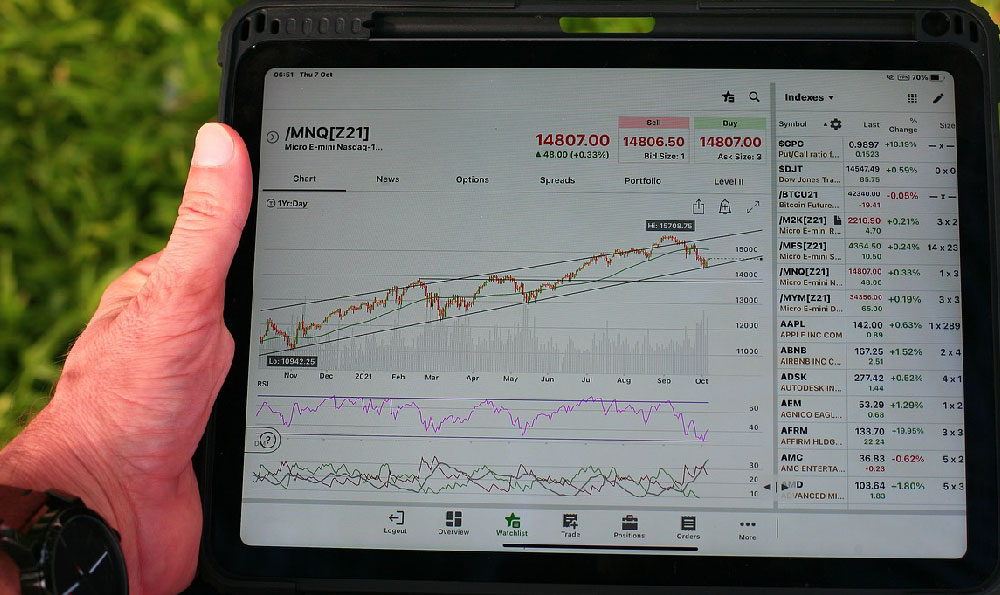The restaurant business, a vibrant and demanding sector, operates on thin margins and relies heavily on efficient management and a deep understanding of both culinary arts and financial principles. Profitability in this industry isn't a simple equation; it's a complex interplay of factors that, when mastered, leads to lasting success.
At the heart of any profitable restaurant lies the management of food costs. This extends beyond simply purchasing ingredients at the lowest price. It involves meticulous inventory control, minimizing waste, and standardized recipes. Chefs and kitchen staff must adhere strictly to portion sizes and preparation methods to ensure consistency and prevent overspending. Efficient inventory management prevents spoilage and reduces the risk of running out of key ingredients, both of which can negatively impact profitability. Technology plays a crucial role here, with sophisticated inventory management systems tracking usage, predicting demand, and automating ordering processes. These systems allow restaurants to optimize their purchasing strategies and negotiate better prices with suppliers based on volume and predictability.
Labor costs represent another significant expense. Effective scheduling is paramount to minimizing these costs. Restaurant managers must carefully analyze peak hours and off-peak periods to staff appropriately. Overstaffing during slow times leads to unnecessary labor expenses, while understaffing during busy periods can result in poor customer service and lost revenue. Cross-training employees to perform multiple roles can provide flexibility and allow for efficient staffing adjustments based on demand. Additionally, investing in employee training can improve efficiency and reduce errors, leading to increased productivity and cost savings. Employee retention is also crucial; high turnover rates are expensive due to the costs associated with hiring and training new staff. Creating a positive and supportive work environment, offering competitive wages and benefits, and providing opportunities for professional development can significantly reduce turnover and improve overall profitability.

Beyond the kitchen and staffing, the restaurant's menu is a critical driver of profit. Menu engineering, a strategic process of analyzing menu item profitability and popularity, helps restaurants optimize their offerings. This involves identifying high-profit, high-popularity items (stars), high-profit, low-popularity items (puzzles), low-profit, high-popularity items (plow horses), and low-profit, low-popularity items (dogs). Restaurants can then strategically position their stars on the menu, experiment with pricing and presentation to increase the popularity of puzzles, consider increasing the price or reducing the portion size of plow horses, and potentially remove dogs from the menu altogether. This iterative process ensures that the menu is constantly evolving to maximize profitability.
Pricing strategies are also fundamental. Setting prices too low may attract customers, but it can also lead to unsustainable losses. Setting prices too high may deter customers and reduce overall sales volume. Restaurants must carefully consider their cost of goods sold, labor costs, overhead expenses, and competitor pricing when determining their menu prices. A common pricing strategy involves using a markup percentage over the cost of goods sold, but this should be adjusted based on market conditions and the perceived value of the restaurant's offerings. Dynamic pricing, where prices are adjusted based on demand, is becoming increasingly popular, particularly during peak hours or special events.
Marketing and customer service play a vital role in driving revenue and profitability. Attracting new customers and retaining existing ones is essential for long-term success. Effective marketing strategies can include social media campaigns, online advertising, loyalty programs, and partnerships with local businesses. Building a strong brand reputation and delivering exceptional customer service are critical for word-of-mouth marketing and positive online reviews. Online reviews, in particular, can significantly impact a restaurant's reputation and influence potential customers' decisions. Responding promptly and professionally to both positive and negative reviews demonstrates a commitment to customer satisfaction. Creating a welcoming and enjoyable dining experience, with attentive service and high-quality food, is essential for building customer loyalty and generating repeat business.
Operational efficiency is another key factor in restaurant profitability. Streamlining processes, reducing waste, and improving workflow can significantly impact the bottom line. This can involve investing in efficient equipment, such as energy-saving appliances and automated cooking systems. Implementing technology solutions, such as online ordering platforms and point-of-sale (POS) systems, can also improve efficiency and reduce errors. POS systems provide valuable data on sales trends, customer preferences, and inventory levels, allowing restaurants to make informed decisions and optimize their operations. Minimizing waste is crucial for reducing costs and improving sustainability. This can involve implementing composting programs, donating leftover food to local charities, and training staff on proper food handling techniques.
Finally, understanding and managing overhead expenses is critical. Rent, utilities, insurance, and other fixed costs can significantly impact profitability. Negotiating favorable lease terms, implementing energy-saving measures, and shopping around for competitive insurance rates can help reduce these expenses. Regularly reviewing and analyzing financial statements, such as profit and loss statements and balance sheets, is essential for identifying areas where costs can be reduced and revenues can be increased. Accurate financial reporting provides valuable insights into the restaurant's performance and allows management to make informed decisions about pricing, staffing, and marketing strategies. The recipe for success in the restaurant industry is not a single ingredient, but a carefully balanced combination of culinary expertise, financial acumen, and a relentless focus on customer satisfaction. It requires constant monitoring, adaptation, and a willingness to embrace innovation.











